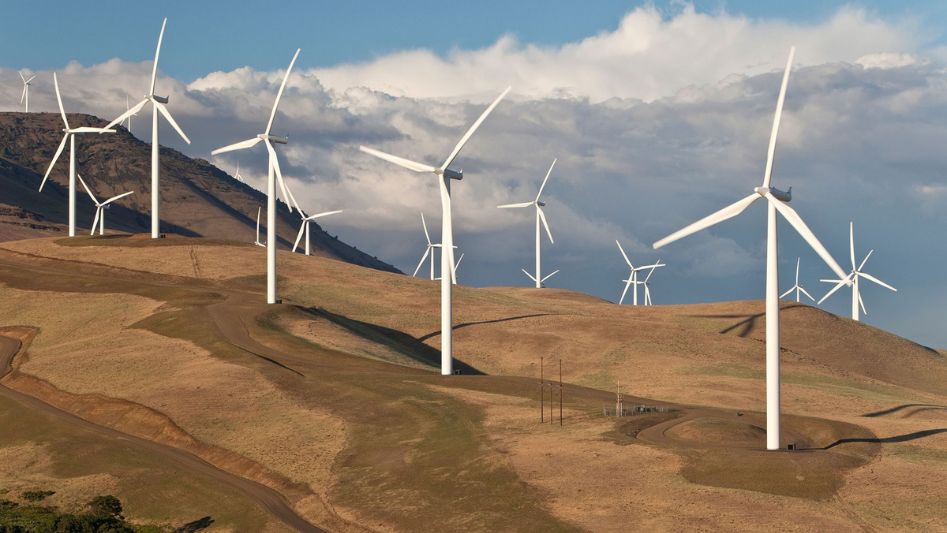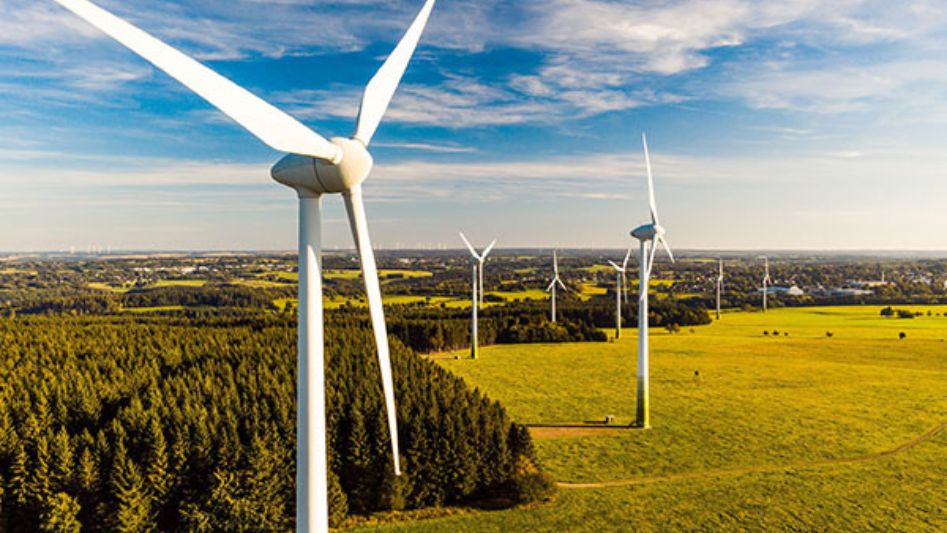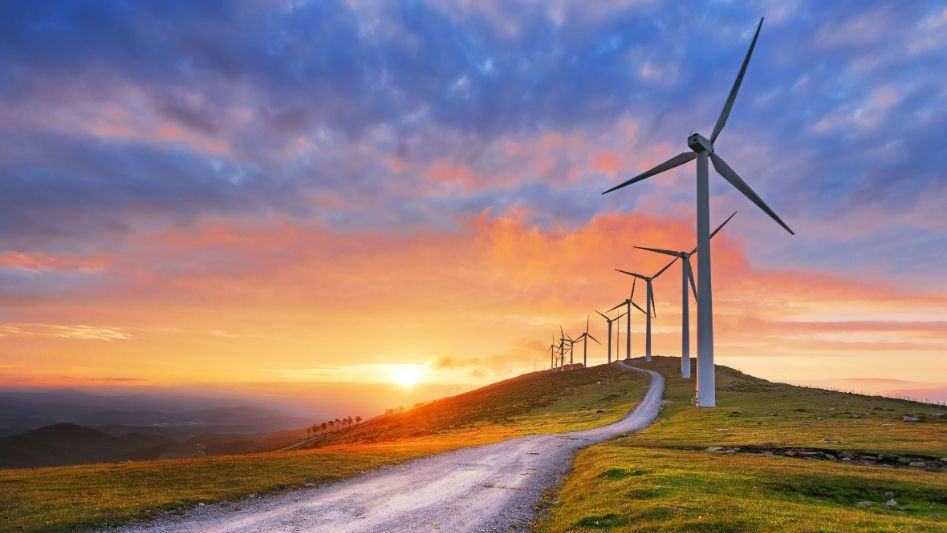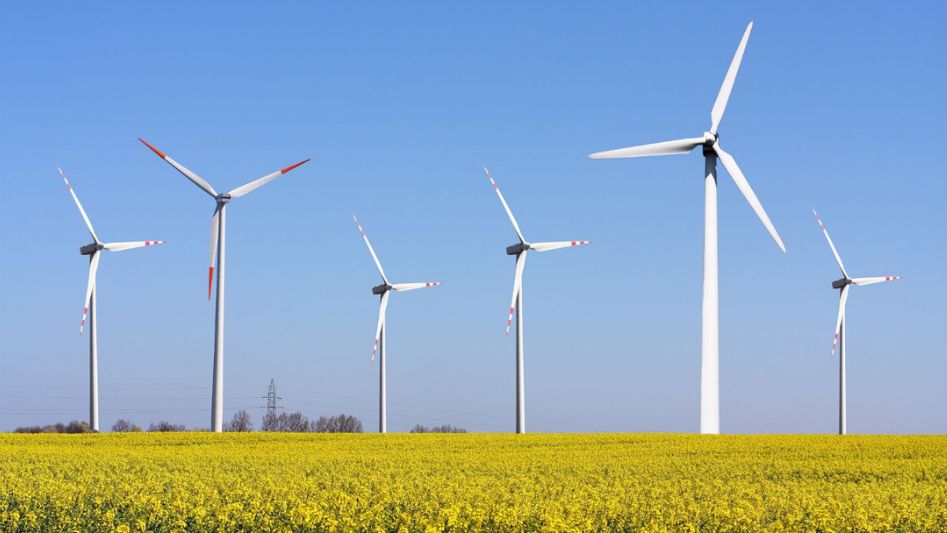In a world where sustainability has become paramount, offshore wind farms have emerged as a beacon of hope for a cleaner, greener future. These colossal structures harness the power of the wind to generate electricity, reducing our reliance on fossil fuels and mitigating climate change. In this article, we will explore the remarkable rise of offshore wind farms and their pivotal role in shaping a sustainable tomorrow.
Table Of Content
We invite you to read: “Advancing Offshore Wind Technology: A New Era of Renewable Energy”

The Birth of Offshore Wind Energy
Offshore wind energy is not a new concept, but its recent surge in popularity is undeniable. Initially, onshore wind farms dominated the renewable energy landscape. However, as land availability became a challenge, innovators looked to the vast expanses of the sea.
Harnessing the Power of the Open Sea
Offshore wind farms are strategically positioned in bodies of water, where wind speeds tend to be higher and more consistent. This prime location allows wind turbines to capture a substantial amount of energy, converting it into electricity through the rotation of their massive blades.
Environmental Benefits
One of the primary driving factors behind the proliferation of offshore wind farms is their minimal environmental impact compared to traditional energy sources. Here are some key advantages:
1. Reduced Carbon Emissions
By generating clean electricity, offshore wind farms significantly reduce carbon emissions. This is a vital step towards meeting international climate goals and combating global warming.
2. Protecting Marine Life
Efforts are made to design and install offshore wind farms with minimal disruption to marine ecosystems. Advanced technologies and meticulous planning ensure that these structures coexist harmoniously with marine life.
3. Renewable and Sustainable
Wind energy is renewable, meaning it won’t run out as long as the wind blows—a stark contrast to finite fossil fuels. This sustainability ensures a long-term energy solution.
We invite you to read: “Maximizing Wind Potential: Strategies for Onshore and Offshore Installations”

The Economic Windfall
Apart from their environmental benefits, offshore wind farms also provide a substantial economic boost:
1. Job Creation
The construction and maintenance of offshore wind farms create jobs in coastal communities. Skilled workers are needed for installation, servicing, and research and development.
2. Energy Independence
Investing in offshore wind reduces a nation’s reliance on imported fossil fuels. This enhances energy security and shields economies from the volatility of global oil prices.
3. Technological Advancements
The development of offshore wind technology fosters innovation in the renewable energy sector. It encourages research and development, leading to more efficient and cost-effective solutions.
Challenges and Future Prospects
While the growth of offshore wind farms is promising, challenges remain. These include high upfront costs, potential conflicts with other ocean activities, and addressing concerns from coastal communities. However, with ongoing technological advancements and increased investment, these obstacles can be overcome.
The future of offshore wind farms is undoubtedly bright. As the world unites in the fight against climate change, these remarkable structures will continue to play a pivotal role in transitioning to a sustainable energy future.
We invite you to read: “Offshore Wind Power: A Growing Force in the Race for Sustainable Energy”

Conclusion
Offshore wind farms represent a shining example of sustainable energy production. Their ability to harness the power of the wind while minimizing environmental impact is a crucial step towards a cleaner, greener future. With economic benefits, job creation, and ongoing technological advancements, these colossal structures are sailing us towards a more sustainable and energy-independent world.
FAQs
Are offshore wind farms truly eco-friendly?
Yes, offshore wind farms are environmentally friendly as they produce clean energy, reduce carbon emissions, and prioritize marine ecosystem protection.
How do offshore wind farms benefit local economies?
Offshore wind farms create jobs in coastal communities, enhance energy security, and foster technological advancements, all of which contribute to economic growth.
What are the challenges facing offshore wind farms?
Challenges include high upfront costs, potential conflicts with ocean activities, and addressing concerns from coastal communities. However, these are being actively addressed through ongoing research and development.
You May Also Like
- Comparing Offshore and Onshore Wind: Which is the Future of Renewable Energy?
- Hitachi Energy Collaborates with SPIC to Deliver Offshore Platform Solutions
- LS Cable & System Named Preferred Supplier for 400 MW Offshore Wind Development in Korea
- Massive Offshore Wind Venture: Orchid Energy Introduces 10 GW Plans for Queensland
- Dutch Takes Unprecedented Step to Protect Migratory Birds, Halts Offshore Wind Turbines

